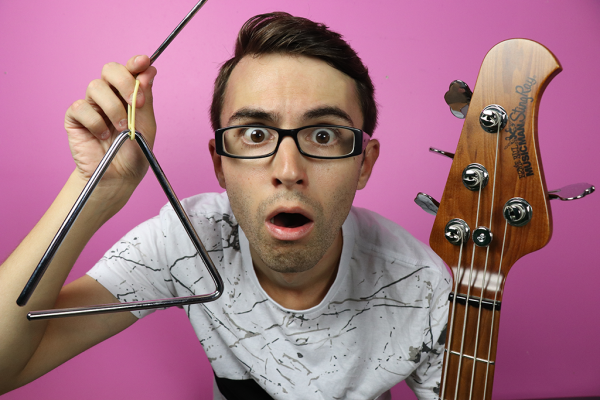

If this gap is too large, it becomes impossible to tension the luff with the downhaul bowsie (see above).

Make sure the sail is tied to the mast boom as close to the top as possible, in the picture below, this gap could be smaller.

In this picture below the bowsie is set correctly and the downhaul will be easy to set. The luff is the leading edge of the sail. The picture below shows the downhaul tensioning bowsie for tensioning the main sail luff. There are other places where it’s important to get dyneema lengths and bowsies right. Or with some nifty knot work, even two loops on one line. You could even have two attachment lines permanently tied to the boom, one for a low boom position one for a higher boom position. If I did need to rake the mast back, raising the jib boom would still be easier than reattaching forestay and jib halyard with more play. Using a metal swivel to fix boom to eyelet might work, but would probably break class rules if you intend to race. The bowline below has slipped and will need redoing. A small drop of superglue on the knots is still a good idea to help prevent them slipping.

The image below shows the boom better attached, the line is attached to the boom using a round turn and two and a half hitches and hooked around the half eyelet with a bowline. I think the most important thing before putting the rig together is to set the mast step on the first graduation forward from centre. The mast step position alters the vertical angle of the mast, this is called mast rake. This post should also help prevent you making some of the mistakes I made. Setting up the rig is a bit fiddly but once set up, nearly all rig adjustments will be made by moving the tensioning bowsies which is quick and easy. Out of the box, the stand is quickly assembled and there isn’t a whole lot to do with the hull which is easily and quickly assembled which takes us to the rig. farmer’s loop, also known as a alpine butterfly knot a knot for adding a loop to a line e.g.a round turn and two and a half hitches.a knot for making a non slip loop at the end of a line such as a bowline.slip knot that won’t undo itself, see a slip knot.Make sure you’re familiar some some basic knots, at a minimum: Before handling the sails, cut your fingernails as it’s easy to dent them.
#DRAGONFORCE YOU TUBE HOW TO#
Also, look carefully at how to tie the black bowsies correctly, there is a right way and a wrong way, fortunately the instructions are pretty clear. Get used to this, you’ll be doing it a lot. Alternatives to super glue would be nail varnish and others have suggested a Berkley Hot Line Cutter. The idea here is to dab a drop of glue onto the thread, wait for it to dry and cut on that spot. The super glue is essential to prevent the dyneema thread fraying when you cut it, an alternative would be nail varnish. I found myself using the forceps to tie small knots. Toolsįirst off, in addition to a tape measure, make sure you have super glue, a sharp craft knife and ideally two pairs of forceps. Having set it up and working, I realised there were a few things I wish I’d known before embarking on building it which prompted this post. I hadn’t had RC models of any kind till now.
#DRAGONFORCE YOU TUBE FULL#
I regularly sail a full sized boat and having made plenty of boats and gliders as a kid was especially curious about sailing an RC scaled down version. In June 2017 I finally bought myself a radio controlling sailing boat having wanted one for longer than I can remember, I went for a Joysway Dragonforce 65 V.6 (DF65) an inexpensive RC sailboat.


 0 kommentar(er)
0 kommentar(er)
